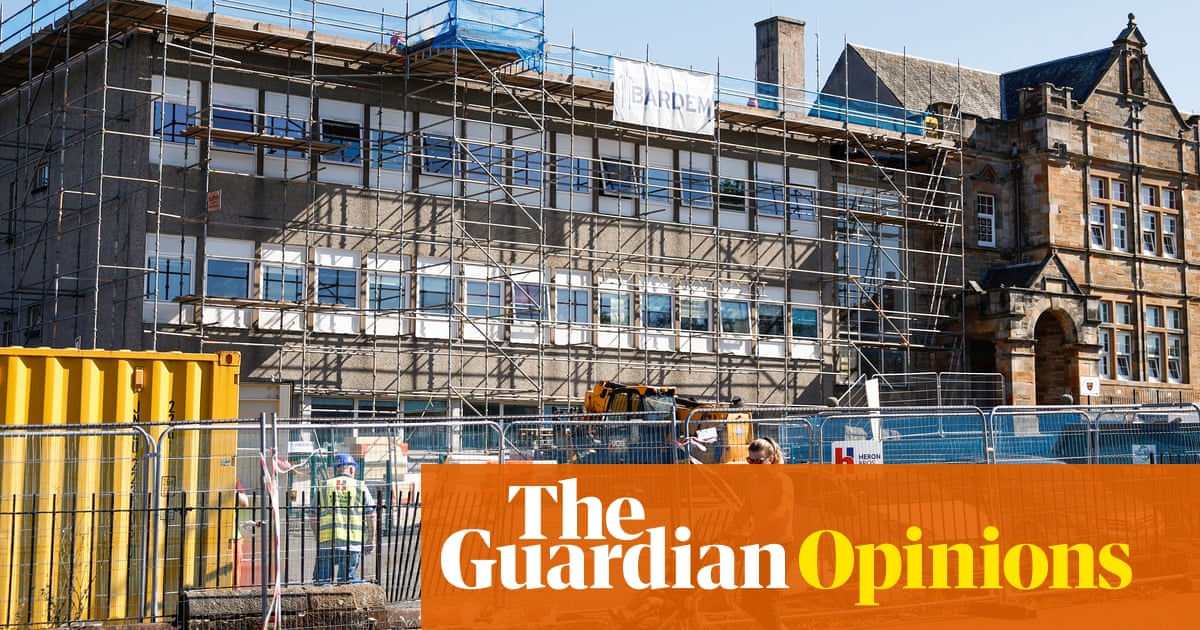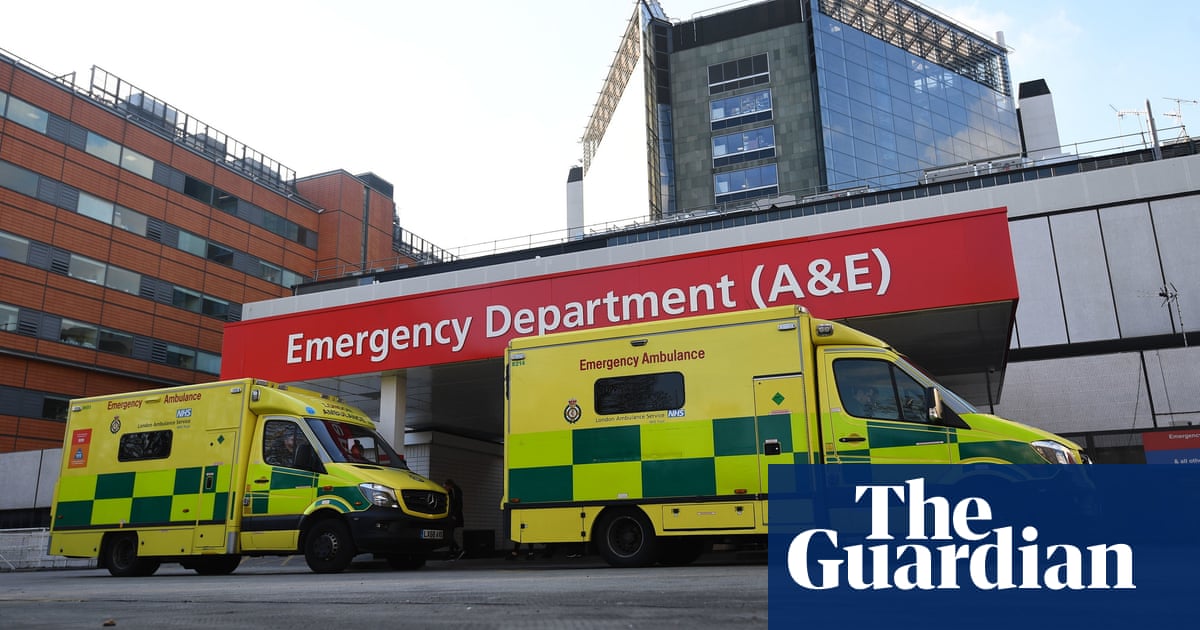
It was a bright hot day in August, and the heaters were stuck on full blast. A nurse on the acute medical ward bleeped my pager. The heart of a patient I’d seen that morning had started palpitating. Soon, my heart was racing too, not out of solidarity but from the seven flights of stairs I had to sprint up. One half of our ward had been relocated seven flights away from the other, after flakes of asbestos started falling from the ceiling.
Squinting over a trace of the patient’s heart rhythm, I suspected the culprit was potassium – that salt we need just the right amount of, Goldilocks-style, to keep beating. If it’s too high or too low, you’ve got a real problem. A straightforward blood test would contain the information I needed. I travelled across the building to one of just two blood gas analyser machines in the hospital and queued impatiently, only to find its potassium-reading function was not working.
I called back up to the seventh floor, half thinking someone might have to check my potassium levels if I did any more running. A nursing colleague kindly agreed to get more blood from the patient with the heart palpitations, this time to send to laboratory, asking only that I print the appropriate forms. The first printer I tried was jammed. Log off, kick someone off another computer, log on, press print again. At last, the blood sample and paperwork were ready to be shot through the hospital’s pneumatic tube system. Just as I readied the shoot, the ward manager reminded me that the system had not been working for the past two days. They suggested the quickest way to get the blood to the lab was to run it there myself. Off again I went.
It took nearly two hours to complete a task that should have taken 10 minutes. This is the quintessential NHS experience. When policy wonks talk about “productivity” and a lack of “capital investment” in the health service, this is what they’re talking about. There are 16% more junior doctors and 11% more nurses and health visitors working in the NHS than before the pandemic, yet we’re treating about the same number of patients. That’s because the tools NHS staff are working with are ancient. Our hospital machinery and equipment has depreciated so much that, in 2019, it was worth five times less per health worker than the tools used by clinicians in Austria or Denmark, and less than those used in Slovakia and the Czech Republic. There’s little point in training more doctors if they’re all fighting to get on to a computer with Windows XP that is ceaselessly restarting in order to install updates.
These kinds of bottlenecks are everywhere in the health service. The daily struggle to find a bed for a patient who urgently needs one; the week it can take to get an MRI scan performed; the hernia operation cancelled because a trauma call has taken over the precious surgical theatre. They are consequences of years of very low investment and shoot-yourself-in-the-foot policymaking. The UK now has fewer scanners and hospital beds per person than virtually any other comparable country.
When the basic tools you need to practise medicine in the 21st century are lacking, politicians’ talk of a science and technology “revolution” can seem misdirected and wilfully optimistic. But they have a point. It’s hard to think of a sector where better information and new technologies can have such a rapid and direct impact on peoples lives. Medicine is the science of gathering information, and the art of interpreting it. It’s ripe for the AI revolution, in theory. The reality is quite different. It is a world of pagers, pneumatic tubes and paternoster lifts. You can’t build an AI on top of that.
Vintage kit is not even the worst problem: 42% of NHS hospitals in England have been forced to close wards and key services due to structural or repair issues since 2020. In some hospitals, rats and cockroaches have taken over. Electrical failures, overflowing sewage and rodent infestations have a domino effect in healthcare. Dispersing patients from the now-closed respiratory ward across the hospital unintentionally (but foreseeably) propagates hospital-acquired pneumonia to other inpatients. Closing an ambulatory care service to make more room for an A&E department that has run out of corridors only adds more people to the emergency queue. These short-term solutions store up disasters for the future.
This gets to the crux of the problem: the NHS is stuck in a cycle of “avoidance coping”, the psychological term that describes the tendency to avoid or miminise the reality of stressful demands. The total maintenance bill just to keep NHS buildings and equipment in England upright and safe-for-use has run up to almost £12bn. This figure has grown reliably year on year, nearly tripling across the past decade. There’s a case to be made that we are already now seeing what it looks like when the physical infrastructure of the NHS – the buildings, equipment and machinery our healthcare system relies upon – comes crashing down. Nearly 8 million people in England are waiting for hospital treatment, about four in 10 cancer patients are waiting more than two months to start treatment, and 12-hour waits are common in A&E.
If the UK had matched the average western European country’s investment into healthcare as a share of GDP in the decade after 2010, it would have put in £33bn more. This chronic lack of investment riddles almost every area of public infrastructure in Britain, from sewage systems to schools to railways. Is it not time to end the self-flagellation and spend a bit on ourselves? The NHS – the closest thing the country has to a national religion – needs a church that isn’t falling down.
Dr Parth Patel is a senior fellow at the Institute for Public Policy Research












